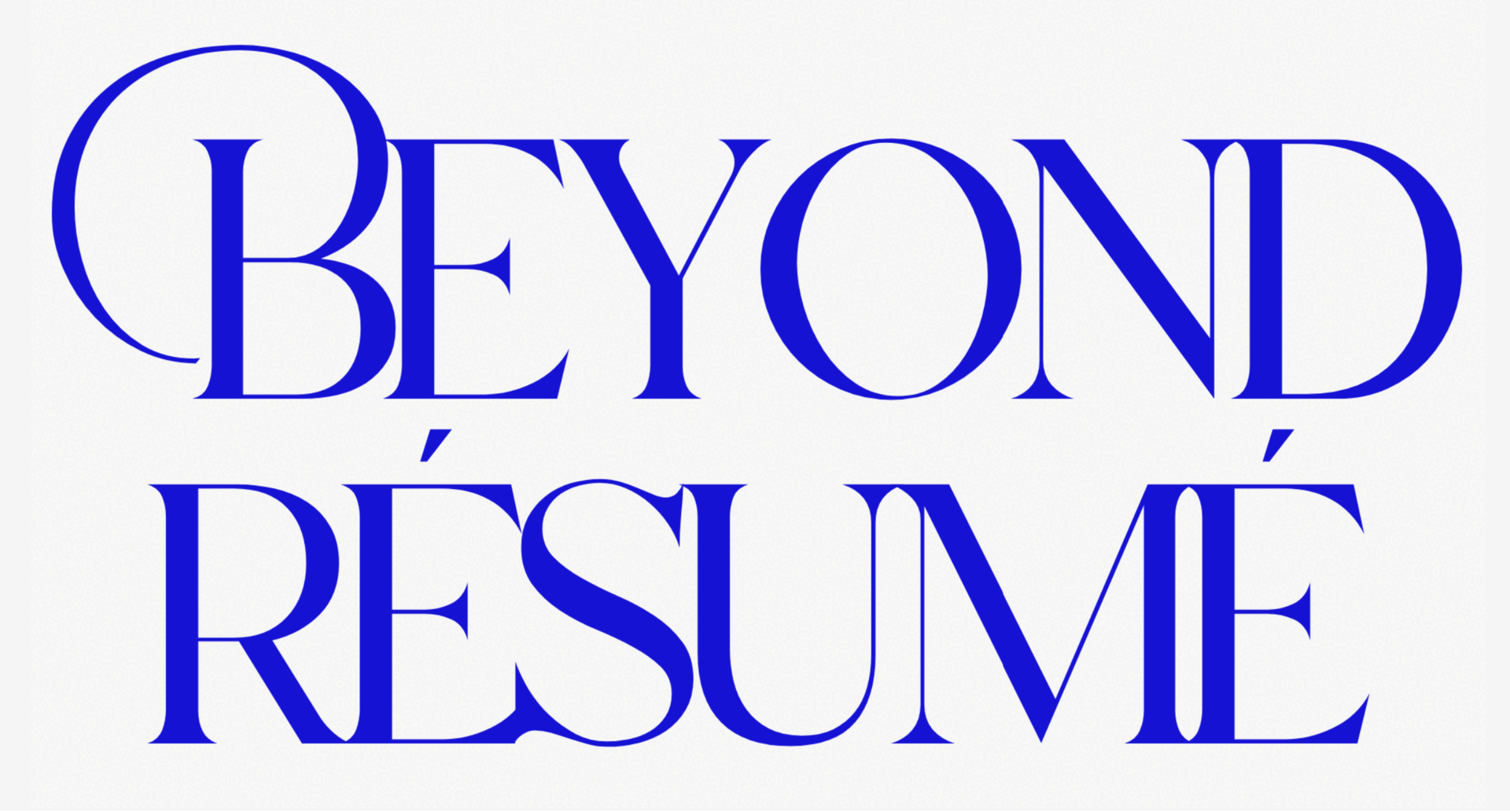Beyond Résumé
Christina Huang
Beyond Résumé

Beyond Résumé is an interactive decision-support tool that quietly invites us to rethink how we approach hiring. In a world where résumés, years of experience, and formal education often serve as proxies for talent, this project challenges us to look beyond these traditional markers and focus on the skills and competencies that truly predict success.
Drawing on insights from The Silicon Ceiling: Auditing GPT’s Race and Gender Biases in Hiring (2024), this tool reveals how current hiring practices—when filtered through AI—can unintentionally overlook capable individuals, particularly those from non-traditional backgrounds. It offers a way forward: a more inclusive, honest approach to recognizing potential and expanding the talent pool.
This project isn't just about who gets hired—it's about who gets seen.

AI hiring systems are amplifying the very biases they were meant to eliminate. When algorithms replicate human decisions at scale, they expose patterns we’ve been reluctant to acknowledge.
These tools don’t create bias—they reflect and magnify our own. They learn that résumés from certain schools are "better," that gaps in employment are "red flags," and that some job titles are more "valuable"—regardless of demonstrated skill.
Research shows that traditional hiring criteria, like résumés and years of experience, may not be the best indicators of potential. In a study involving 16,000 résumés, the data revealed significant racial and gender-based biases in AI-generated scores.
- White candidates scored higher than Black (β = −0.910), Asian (β = −1.141), and Hispanic (β = −0.752) candidates.
- Women were rated lower across nearly all groups (β = −0.277).
- Women’s résumés were judged as having fewer years of experience (β = −16.260), despite equal content.
By understanding how these systems encode bias, we can reimagine hiring—focusing on who can do the work, not just how well their résumé matches past patterns.

📚 My Method
I don't just visualize data. I reframe it—shaped for specific users. Academic papers become:
- Interactive tools for HR teams
- Explainers for policy audiences
- Simulations for designers and learners
Form follows audience. Where a reader might spend two hours deciphering a study, my design delivers the key insight—and action—in minutes.

👐🏻 Practice in Action
Beyond Résumé includes:
- Annotated résumés showing hidden signals that affect AI scores
- Visual hiring pathways to show how bias compounds at each stage
- A long-term earnings simulation that reveals how small differences grow
- A bias calculator to let users test how identity attributes affect score
🧶 Why It Matters
Hiring algorithms shape access to opportunity. If we don’t question how they work—or who they benefit—we risk deepening inequalities at scale.
Computational design isn’t just about clarity. It’s about responsibility.